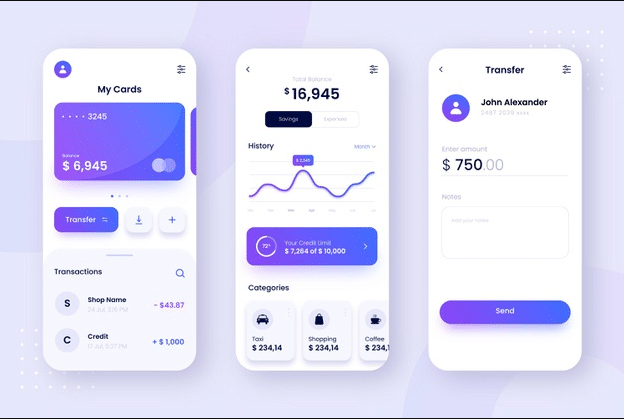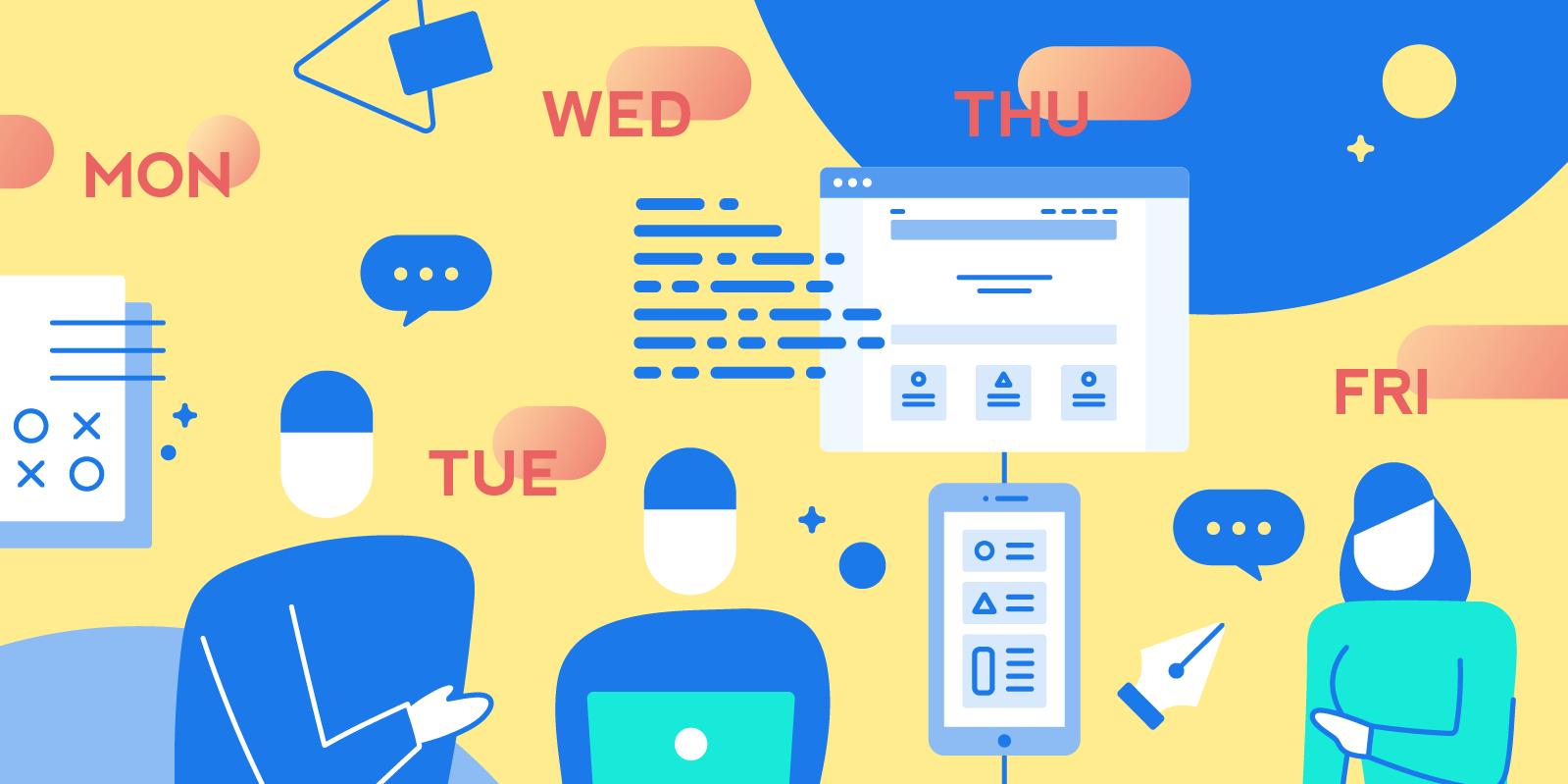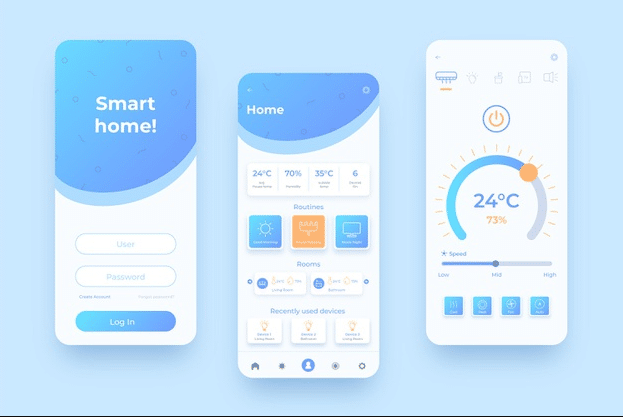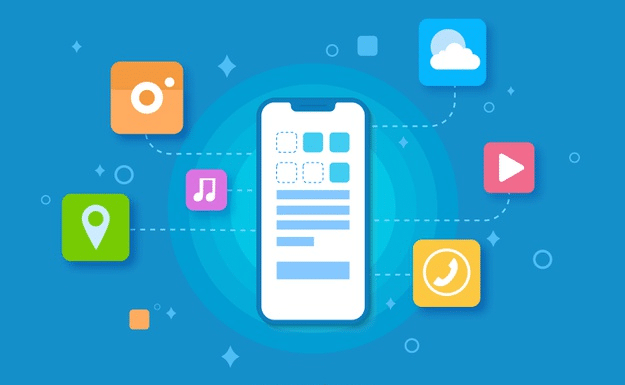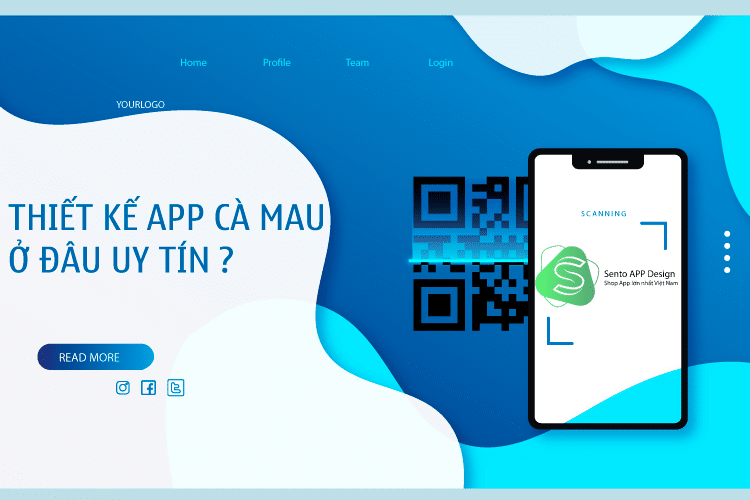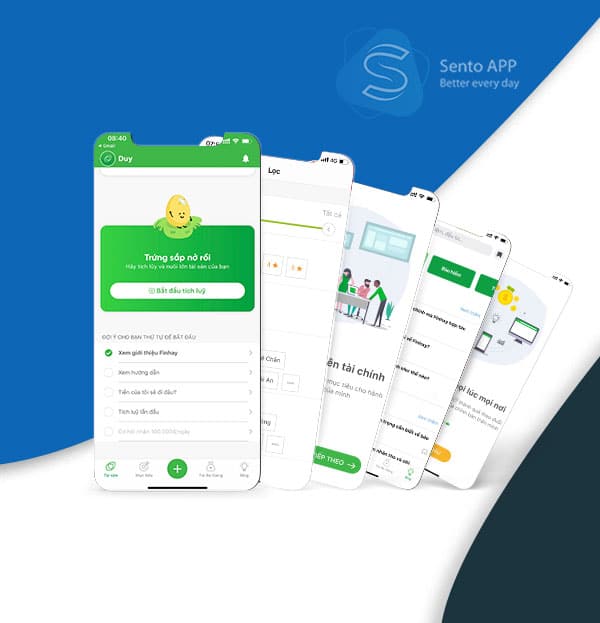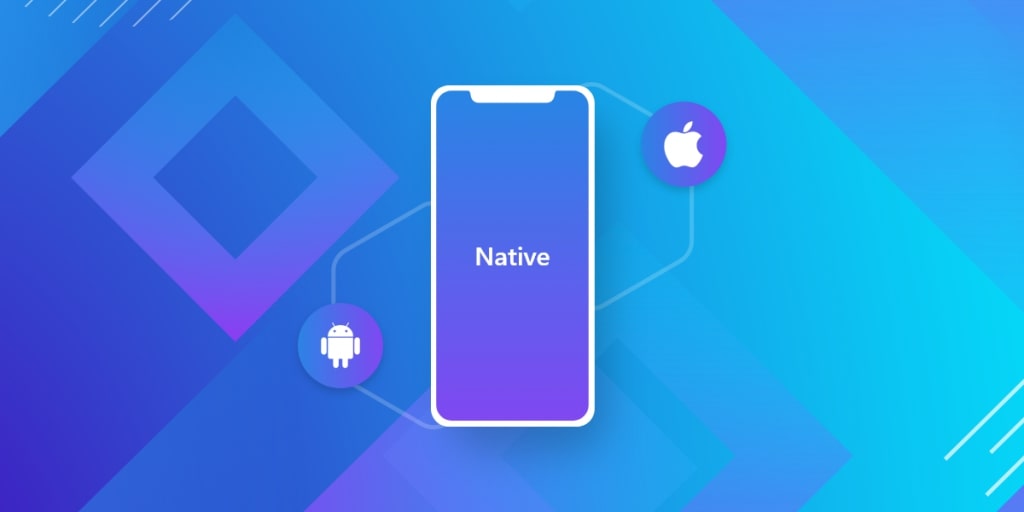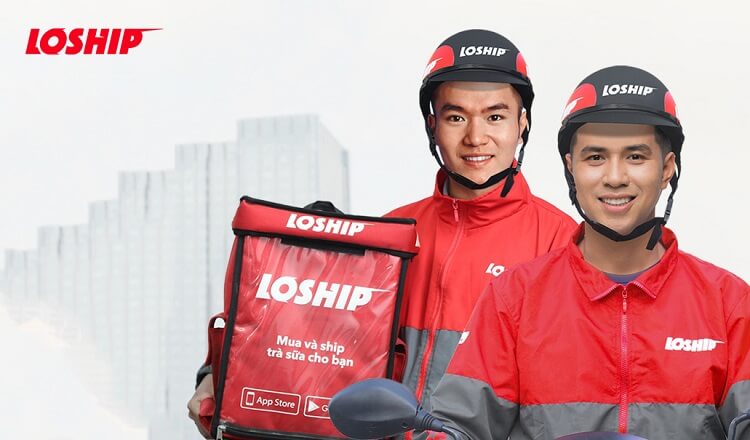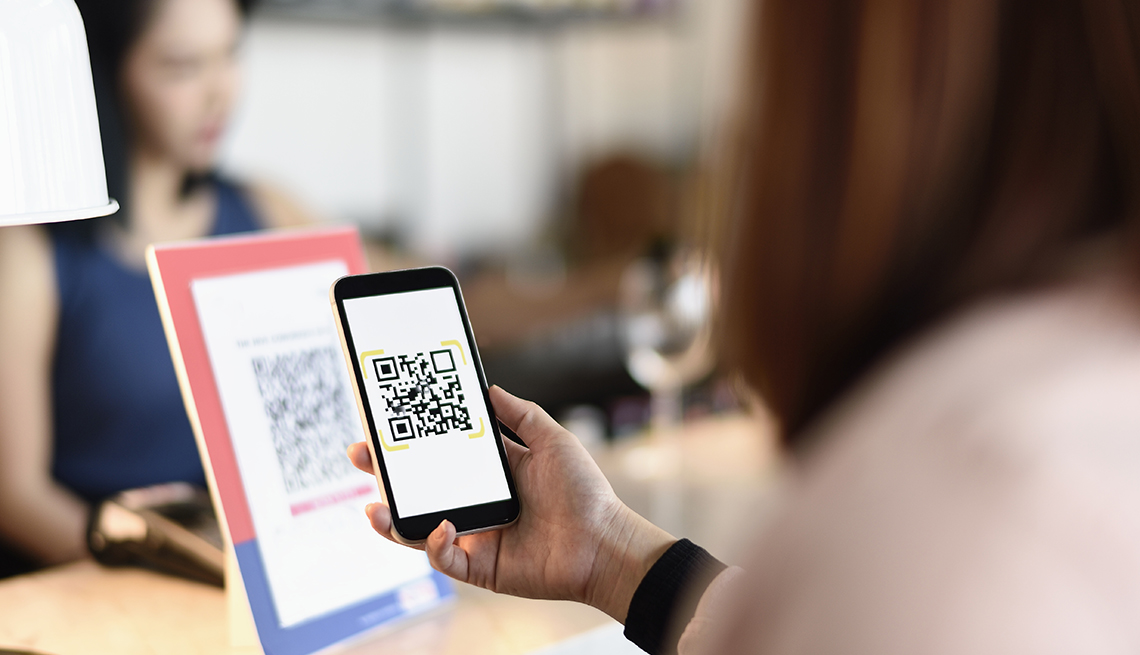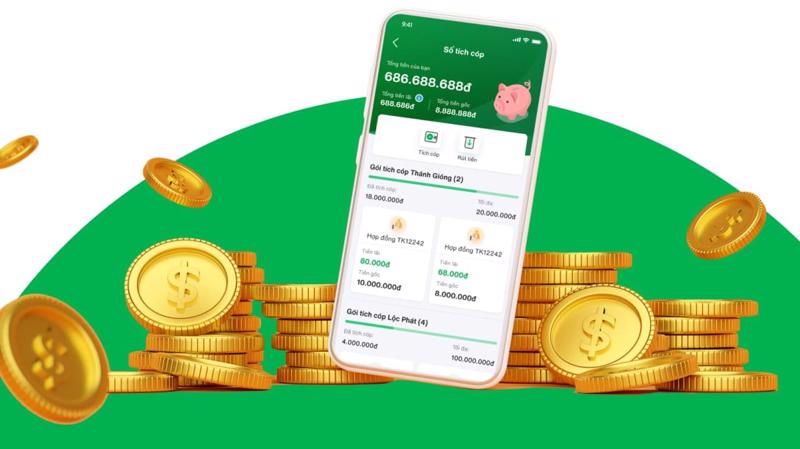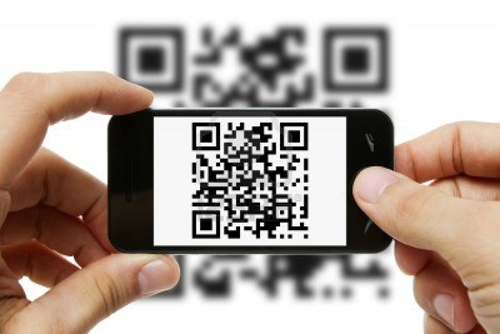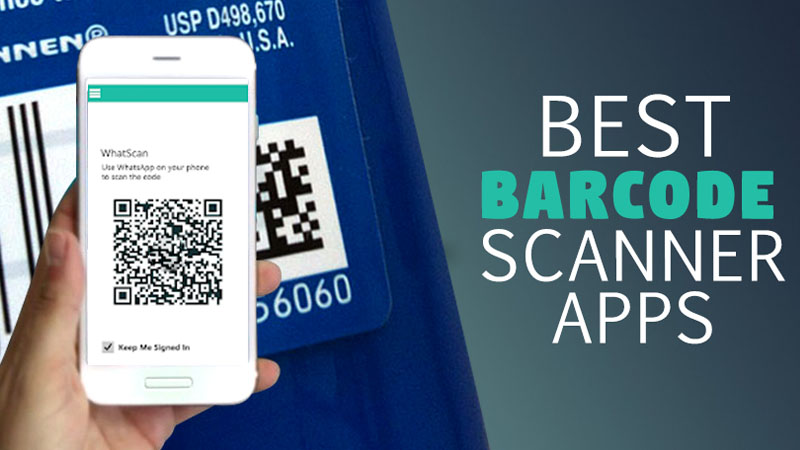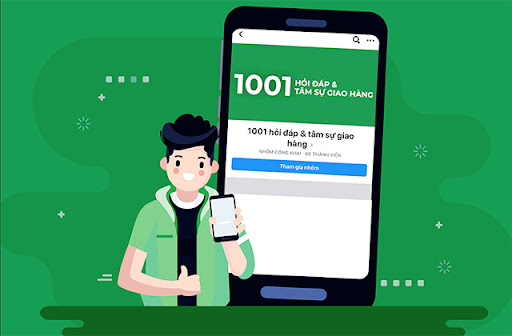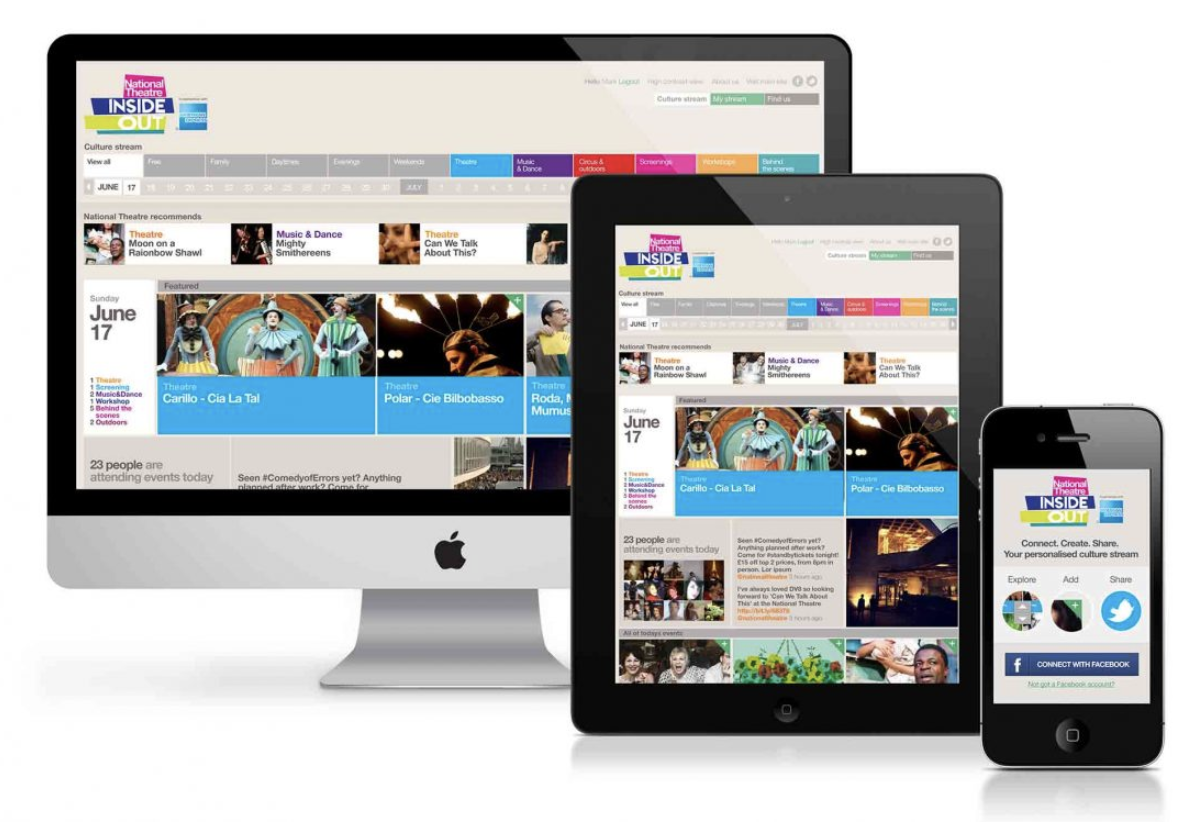Meet The Table
Meet The Table is an online platform for business networking that we developed for StepintoCity, a New York-based business accelerator for international entrepreneurs and companies.
The platform is suitable for Guests – entrepreneurs from Korea who want to start a business and Hosts – service providers based in New York, such as distributors, financial services, agents marketing, etc

The platform also includes City Mates – New York residents who bridge language and cultural gaps by coordinating communication between guests and hosts while advocating for the rights and needs of guests.
Our challenge
Junhwan Paul Kang is the CEO of StepintoCity, a business accelerator based in New York. The business accelerator program includes more than 30,000 Korean entrepreneurs who want to open a business in New York.
Junhwan Paul realized that it was difficult for Korean entrepreneurs to enter the US market with their businesses for a number of reasons. These are – lack of online facility of reliable service providers, cultural and language differences.
Junhwan Paul hired us to build a project that combined a network platform with the right functionality, a virtual solution for business events and the job market to face those challenges.
The client wanted the platform to support three user roles: guest, host, and citymate. For this project, we need to develop three different user cabinets for three user roles. We also needed to give users the opportunity to connect through secure text messages and video calls.
Our solution – Meet The Table, an online networking platform

Guest profile
Profiles include guest personal information, contact details, and localization (time zone and language). Allow guests to add payment methods and view payment history.

The Products section allows customers to place requests for the services they need along with a description of the scope of work.


The Citymate directory allows guests to choose a citymate with the right experience, service portfolio and availability.





Video calling allows guests to join a visual meeting with the host and a friend from the same city, and exchange text messages in a built-in chat with online translation.









The Upcoming Meetings section includes host-approved virtual meetings and details about those meetings.

Project details
Project delivery took us through the following steps:
Step 1. Discovery phase
To ensure the scope of the project fits the client’s business needs, we divided the discovery phase into two phases:
Analyze competitors
After we determined the business requirements, we analyzed several job marketplaces, such as Fiverr, Freelancer, and TaskRabbit, and found some shortcomings in their functionality.
Fiverr does not protect sellers from unfair buyers. Buyers can request some additional work from the seller free of the threat of leaving negative feedback. Additionally, buyers can cancel the project after completion and receive a refund. The chat is very buggy. Users did not receive a clear explanation in case Fiverr deleted their user accounts.
The Freelancer platform has a fraud problem where freelancers/employers have to pay security money which can disappear once the money is transferred. There are cases where employers pay for completed work and then take the money back from the freelancer’s wallet by closing their account. There was an issue with syncing the web and mobile apps. Users cannot connect to their accounts via web and mobile at the same time.
TaskRabbit allows service providers to cancel tasks at the last minute and cause problems for customers. Users are having trouble with the “forgot password” flow. The system takes a “one-time registration fee” from quest takers and as a result many potential quest takers refuse to register in the system.
Comments
Once we learned about our competitors’ weaknesses, we made a list of suggestions for the project’s functionality that we considered during development:
We must avoid fraud from guests, hosts and fellow townspeople. We need to authenticate hosts and citymates to ensure that they are trustworthy opponents. The system should not include any security payments and indicate to the guest that they should not make direct charges.
We need to check all cases where customers request a refund. The host or citymate’s rating should not significantly affect their ability to participate in service requests. In such cases, the guest will not be able to request any additional work for free, which risks giving the host or fellow city-mate a low rating.
The payment system must be stable because problems with payment flow always harm the user experience. We should avoid last-minute meeting cancellations by any user. The system must block such requests or charge a fee.
Step 2. Project documentation phase
We created a product vision and roadmap, and built an architectural design that aligned with the business goals.
The project documentation includes several sections:
- General description :we provided an overall vision of the project, explaining the prominent user roles and key business goals of the project.
- General functional and non-functional requirements: We have clarified the functional requirement as “The system must send emails to Users on specified events.” We also defined the main non-functional requirements as “The system must handle approximately 3000 users at the MVP (Minimum Viable Product) stage”.
- Payment flow: To avoid problems and fraud with payments from both customers and service providers, we have recorded all situations in which the platform withdraws fees and sends them to homeowners and the city. Based on those scenarios, we wrote a detailed payment flow for the project.
As a payment solution, we decided to use Stripe, a third-party payment gateway with high-end security. Using existing payment solutions is much cheaper than developing a payment gateway from scratch.
- MVP Scope : We start work on most new projects by developing a Minimum Viable Product (MVP) and this project is not an exception. Before scoping the MVP, we wrote user stories for three types of users (actors). We then separate the MVP user stories for the core Meet The Table app from the rest of the project scope that will be implemented in the second phase of development.
Step 3. Product development phase
With a formal product vision in the Technical document and an MVP project scope for the development team, we arranged a Kick-off meeting with stakeholders from Step into City and did the initial project setup. head.
The development phase took us through the following tasks:
Creative design
Because Meet The Table includes three user roles, we made the UX convenient and clear by adding only the necessary functionality for each user profile type. We also used the header navigation tab available on any page for quick access to essential information. In summary, we designed the application in the following ways:
Model
We created several models of the approximate layout of the main pages and user flows, which are described in the project’s technical documentation. As the main color palette, we used yellow and gray, previously agreed upon with the project stakeholders.
prototype . We added more elements, such as widgets and buttons, to the initial mockup.
We combined the ready screens into a clickable prototype, which we also agreed with the project stakeholders.
Polished design. Once we agreed on all the pages and their elements with the StepintoCity team, we finalized the design with minor changes. The front-end developers then implemented all the necessary functionality.
Backend development
While part of our team worked on the design of the platform, backend developers performed the following tasks:
- Code refactoring :
We decided to use the existing marketplace code as the core backend. So we need to do code refactoring at the early stages of backend development. Code refactoring is a process used in the DevOps software development methodology that involves editing and cleaning previously written code without changing its functionality.
The essential purpose of code refactoring is to make code more efficient and maintainable. Developers performed code refactoring by removing switch statements, creating descriptive conditions, and removing duplicate code.
- Data saving
We have integrated cloud data storage into this project. As a cloud storage solution, we used Google Cloud Platform as it ensures the required level of data storage and real-time scalability, thus ensuring key non-functional requirements , which is handling more than 30,000 users in the MVP phase.
- Computational logic
We have developed a pricing algorithm to calculate platform revenue and the revenue hosts and citymates receive from guests.
- Feature deployment
When tasks were backlogged, developers used functionality described in the MVP project scope and user stories from the technical documentation. Developers spend one to two weeks coding to implement a user story, based on its complexity. As soon as the user stories were deployed, QA managers tested the available functionality and returned them for bug fixes.
Project technology details
- Backend: JS Node
- User interface : React JS, jQuery
- Database: MongoDB
- Cloud Storage : Google Cloud Platform

Integrate third-party software with APIs
We decided to use existing solutions for some project functions. As soon as the project’s core functionality was ready, we integrated the following REST APIs:
- Stripe for online payments
- Twilio for online text messaging
- Socket.io for real-time two-way communication between client and web server
- Google Translate for multilingual online chat
- WebRTC for video calls and streaming
Team composition
- 1 designer
- 2 Frontend programmers
- 3 Backend programmers
- 2 QA manager
- 1 Business Analyst
- 1 Project management
Value delivered
The Meet The Table platform was developed as a networking tool to ensure secure and fraud-proof collaboration of US-based service providers, New York residents and Korean businessmen. Quoc. You can check out the project by visiting the official Meet The Table website.
In creating Meet The Table, we focused on executing the project to complement Stepinto City’s value proposition as a company that helps global entrepreneurs and companies outside the United States open businesses. Their careers in New York are easier.



